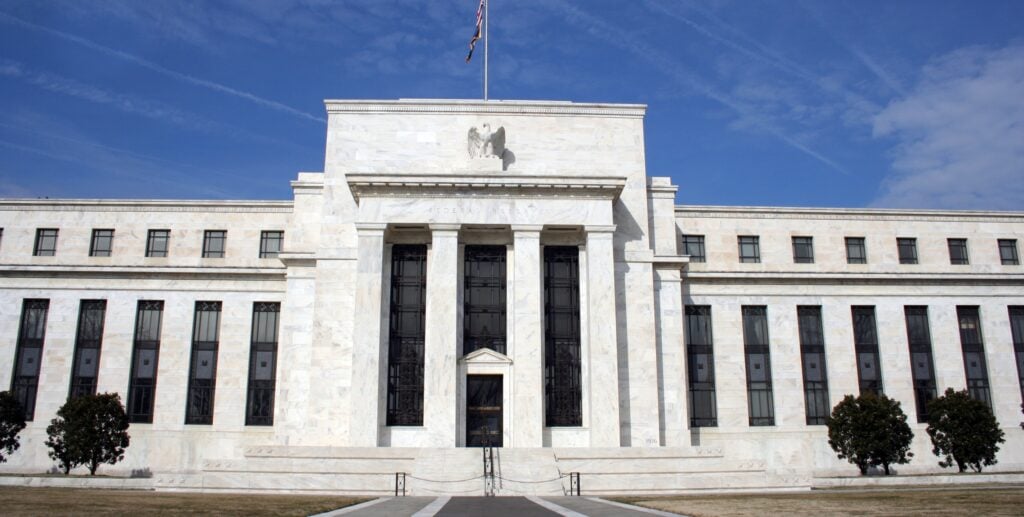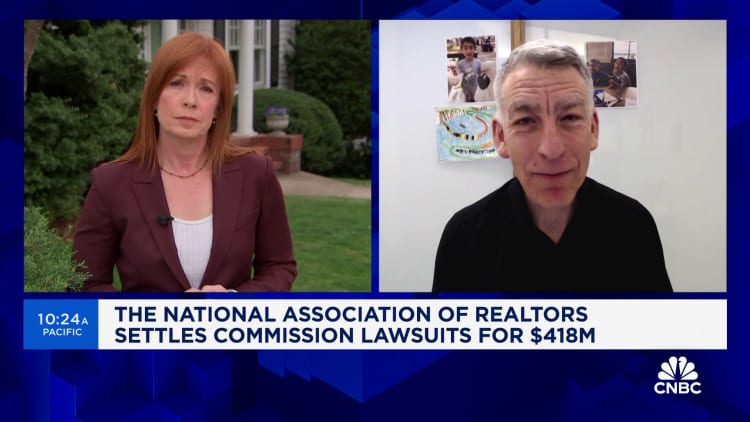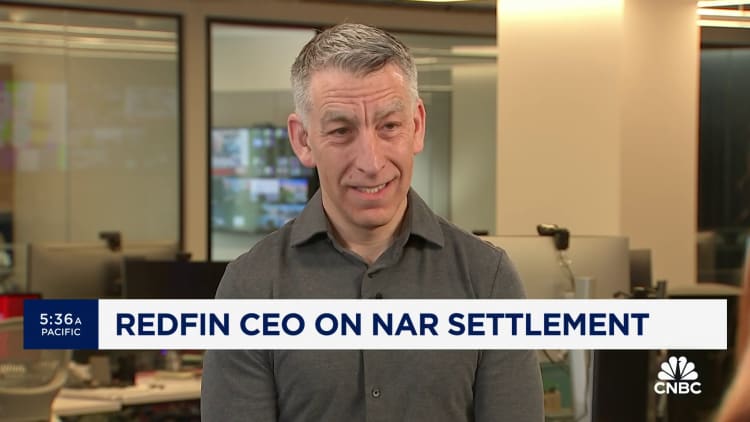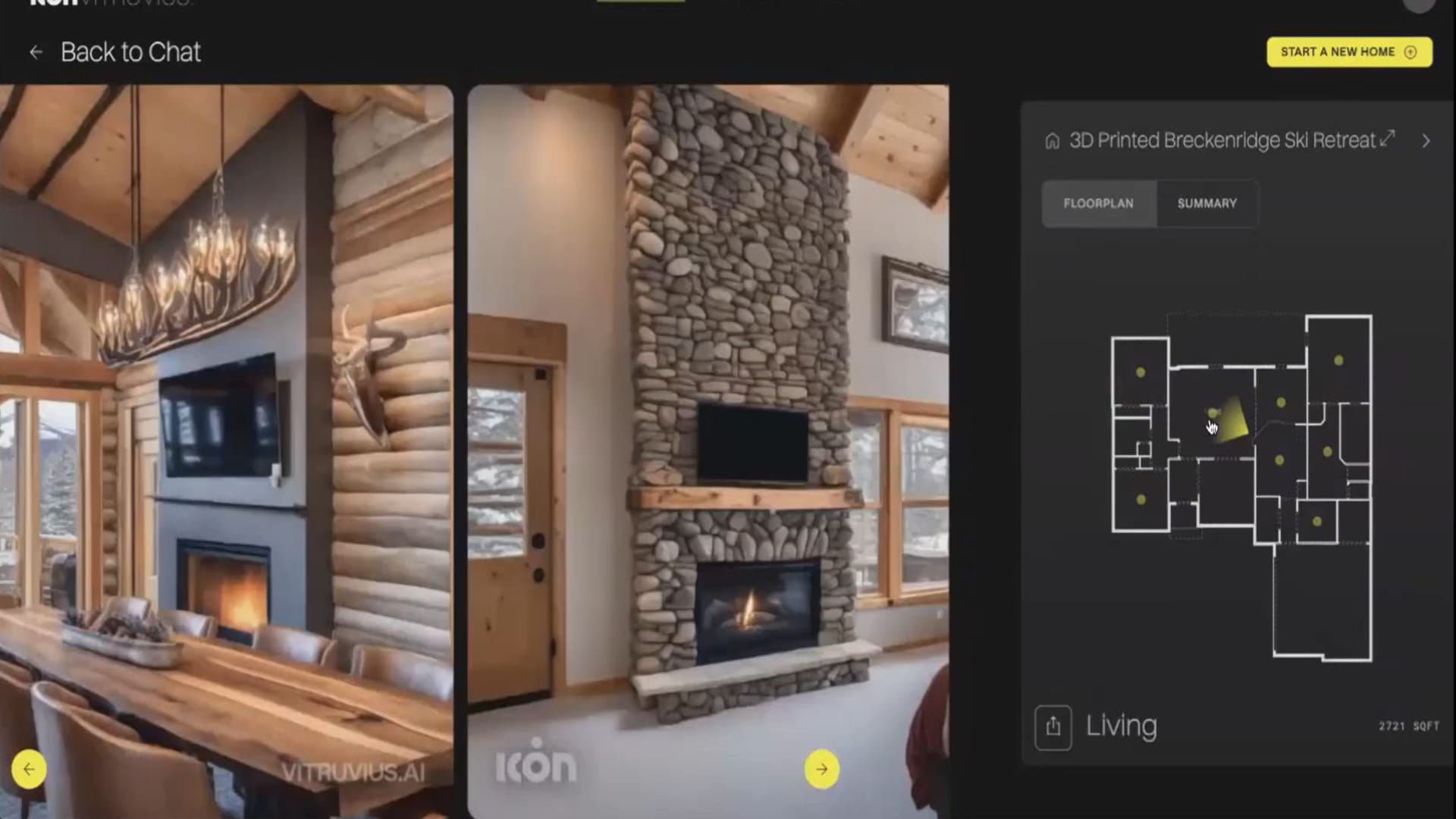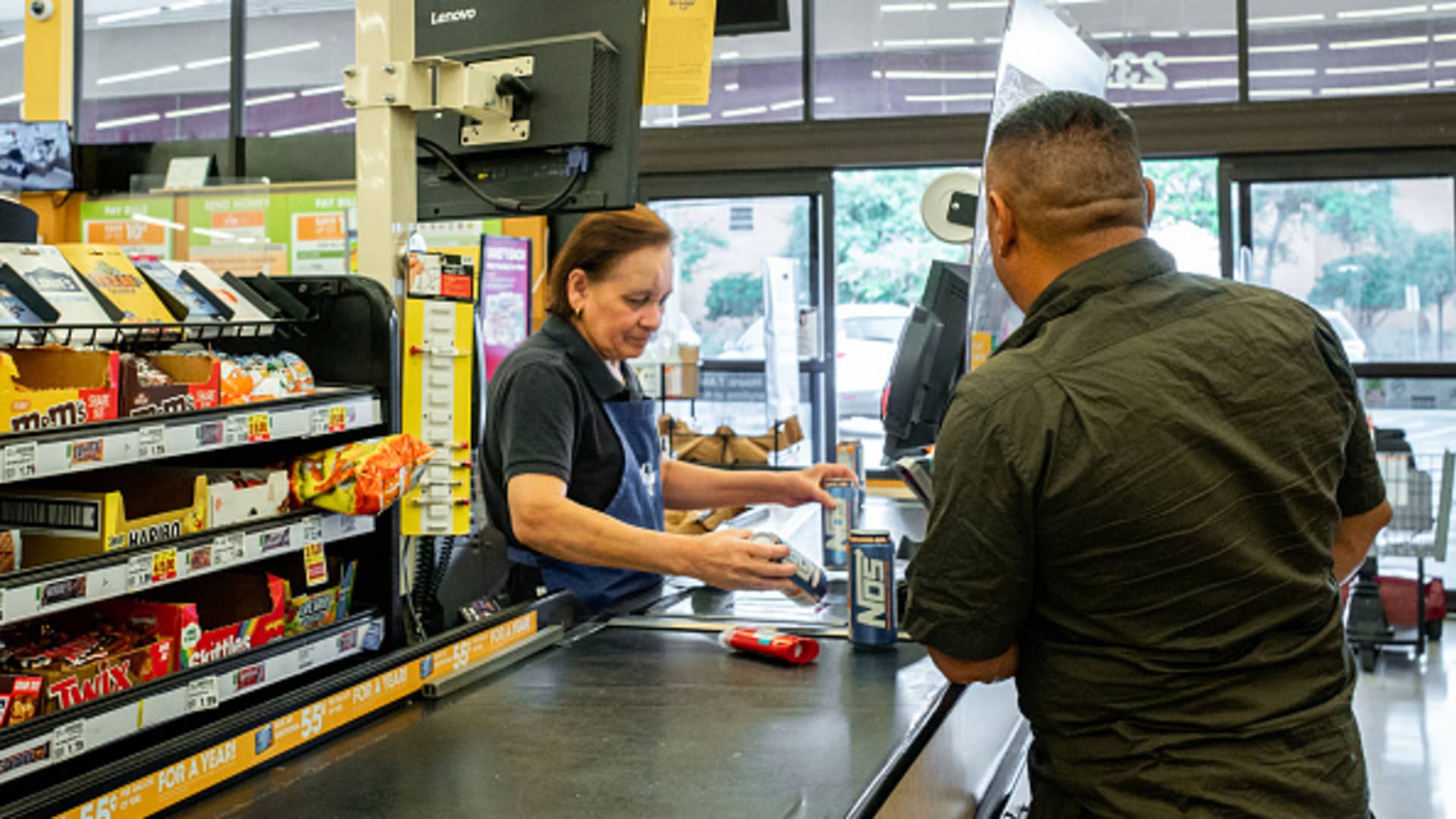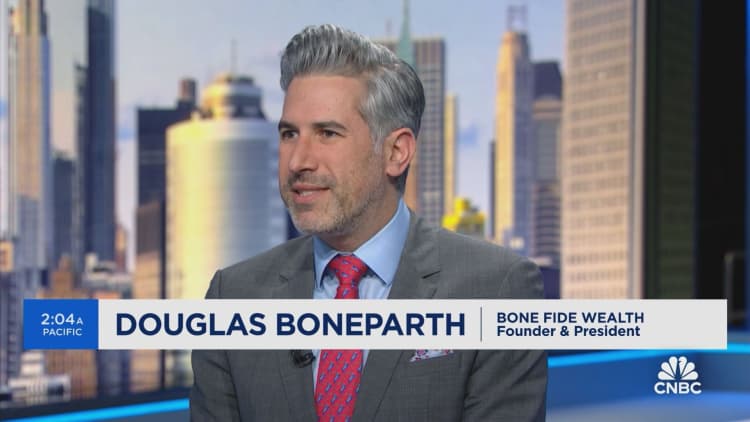In this episode, Dan offers several tips that will prepare you for anything that could be thrown your way. You’ll learn how to screen a tenant, how to avoid bad contractors, and, most importantly, how to react when things go south. Stay tuned until the very end to find out what became of Dan’s problematic properties!
Ashley (00:00):
This is Real Estate rookie episode 382. Today’s guest has not won, but two different horror stories that we’re going to cover. They range from $50,000 worth of water damage and a remodel that took over a thousand days. So you don’t want to miss some of the lessons learned from this one. I’m Ashley Care and I am your host of the Real Estate Rookie Horror Show today, where every week, three times per week, we are bringing you the inspiration, motivation and hair raising stories like today that you may need to learn to be successful. I’m here with Daniel Stoll, an investor out of DC that has been investing for four years. We are going to cover a nightmare remodel and things you need to know when using flipper contractors on your 2 0 3 K loan for your primary will also cover what a 2 0 3 K loan is. Also why interest rates and deal analysis matter more than you think. Why renter’s insurance may not always be the safe bet when placing tenants. Daniel, welcome to the show. Thank you so much for being able to join us today to talk about these traumatic experiences that you’re going to share with
Dan (01:15):
Us. Thanks, Ashley. I’m really looking forward to it and I know there’s a lot that can be learned from some traumatic real estate experiences, so happy to share.
Ashley (01:23):
Well, Daniel, I appreciate you coming onto the show today. Let’s get started with what is the first horror story that you want to talk to us about today? Kind of set the tone, set the picture, give us some description of where you are at your own life and what’s happening with this nightmare.
Dan (01:40):
Sure, thank you. Happy to share. During Covid, I actually ended up moving out of the Atlanta area and in with my now wife and during that time when I moved up I wanted to fill my, what was my old primary house and fill it with a renter at a couple of other properties in Atlanta. So I had been a little bit experienced in that and the tenant that came into the property ended up being not who he said he was and ended up being a really complicated story where I had a little bit of the tenant from hell.
Ashley (02:19):
So with this tenant, what were you doing with the property? Was this just you strictly rented it out as a rental? Was it short-term, rental long-term rental? Tell us a little bit about the property.
Dan (02:29):
Oh sure. I bought it as a personal residence. It was kind of a big one bedroom with a den, so I converted the den into a full bedroom so I could live in the place where I wanted to live in midtown Atlanta and had a renter in there for a while who became one of my closest friends actually. And then when I was moving out, we both moved out and I converted it to a long-term rental at that point. So I had rented it for a couple years before I ended up finding the wrong or a bad tenant that got placed in there. And so I had wonderful tenants that were there before. Midtown is kind of a luxury area of DC or area of Atlanta that’s really walkable. It’s really gone through a glow up in the last 20 years and it’s high rise luxury buildings, and this was a lost property that was one of the only true lost in Atlantis. It was a really wonderful property and so I rented really well, but the tenants that I had ended up buying their own place in that building because they loved it so much. And so in the middle of Covid kind of late 2020s, I had to find a new tenant. And at that time in Atlanta, the tenant pool wasn’t as great as it had been in the previous years. And so I can talk a little bit about how finding a tenant went there and kind of the things that went a little bit sideways.
Ashley (03:58):
Yeah, I would love to hear that. I definitely want to get into why this tenant was a nightmare, but let’s talk about finding that actual tenant. What are some of the things that you were doing during C to put a tenant in place?
Dan (04:12):
Oh, great. I’m still learning how to do tenant selection. I have done it, we have five, but now four properties at the time. I’m not really great at tenant selection. It’s something that I’ve learned through trial and error, and so now I engage systems to be able to help me select good tenants. But I did want to learn that as kind of a beginning real estate investor over the last four years, how to do tenant selection. And so with this property, I was looking for someone who kind of fit the mold of people who wanted to live in a midtown and I wanted them to be able to stay for a little bit longer period of time, which isn’t always the case with a lot of high income professionals moving into a certain location. So for tenant selection, there’s a company that does tenant selection in Atlanta.
(05:06):
They have a lot of experience with that rent marketplace and they are experts at selecting tenants and they’ll do it for you or they’ll help you along the way. And so I used their systems to be able to do that, but I did kind of the review and selection myself on this one. So I had in Atlanta at the time, it was kind of three times gross rent. There was a credit score minimum of six 20. I wanted to see a verifiable rental and income history and I wanted to see the move in funds in a bank account that were equivalent to the security deposit and the first month’s rent. I didn’t want to see bankruptcies or collections or write-offs on what came up on the credit report. And then I did have a preference for longer term renters, no smokers and no felony convictions. So for this place in Atlanta that didn’t narrow the tenant pool too much.
Ashley (06:03):
So I mean you’re doing something correct, you’re creating a criteria, you have at least a list of guidelines. You’re not just winging it with, oh, you know what? This lady seemed really nice. I have a really good gut feeling, I’m going to go there. So when you met with this horror tenant or you started their application process looking back and now are there any red flags or why do you think following your criteria didn’t kind of give you the perfect
Dan (06:32):
Tenant? And I had been encouraged by mentors in the real estate investor community there to have a really written, actually written tenant selection criteria. So that’s what I did for each person looking back, it was the operational, it was actually how I put it into practice. And so I’m a pretty detail oriented person, so all that stuff needs to be verifiable. So I need your W2 or 10 99, I need your last two pay stubs. I re corrected your two months of bank statements. We did a credit score, a background check and really verified each one. Where I missed was looking at really particular details. So as I said, it wasn’t a good tenant environment and I wanted to get the place rented as we all do.
Ashley (07:23):
So you felt kind of rushed as to giving a little bit of leeway when your tenant screening just so you could get someone in there. I’ve been in the same boat before,
Dan (07:34):
Correct. And really the worst mistake, it’s better an empty house than a bad tenant, especially in long-term, single family home real estate or apartment. But so for this one there were key things. So what I like to see now is from the bank statements, I want to see the income that is actually itemized in that bank statement. So it’s got to match up with the pay stubs that I’m seeing so you can actually verify that they’re getting paid and it’s going into this bank account also, it’s got to verify their rental history. Do you see the lease that they said that they’re paying on and is that coming out of that bank account? If not, you got to get receipts for those things. And so what the place where I skipped is I allowed this tenant not to send me his 60 days of bank statement, but a bank receipt from an ATM.
(08:31):
And so I wasn’t able to verify those, so I skipped that step that I had. Also, you’re doing this for a lot of different people and so it takes up a lot of time, but you want to make sure that you’re really detail oriented there. And then with verifying the rental history, I call the former landlords if they own their own home, you can even look up the property records and make sure that they’re those match what they came up on, their rental history and what they said in their application. And so you got to be really detail oriented about this stuff. And so I didn’t verify where his previous address was through property record search and I didn’t look at the bank statement to make sure that the income that was provided was matching what was coming in to the bank statement.
Ashley (09:18):
It is funny, people put so much weight on deal analysis like don’t trust Zillow for the property taxes. You have to go and you have to verify, you have to look at what the school taxes are, the county taxes are. But when it comes to tenant screening, it’s not as much of verify, verify, verify, go into detail. There’s all this rush and excitement to get a tenant into your property that there’s so many things you can do to safeguard yourself, even though it’s not guaranteed, there’s still steps that you can put into place because there are going to be, there are going to people who are going to want to try to get into your property that actually aren’t qualified for it and they’ll do whatever it takes to get into there. So we’re going to take a quick break and when we get back, I want to understand why this tenant actually became horrible. What did they do? What happened that made them such a bad tenant? So we’ll be right back. Okay. So welcome back from our short break. We are here with Dan who just talked to us about tenant screening of some of the things he does during his process and things he didn’t do but has learned lessons on that. He does do now. And we’re going to find out right now. Dan, why was the tenant that you put into your building during Covid, why were they so awful? What happened?
Dan (10:38):
It was good until it wasn’t.
Ashley (10:41):
How long was it good for? How long did that last?
Dan (10:44):
Probably six months. So paying on time and not creating issues in the building and apartments, you have a little bit more consideration for other people who are living there. So you want to consider that in your tenant selection process as well. What went wrong was just he always was a little bit late. I just thought he was kind of a single bachelor guy that just wasn’t quite on top of all of his
Ashley (11:11):
Finances. Yeah, right.
Dan (11:14):
So it’d take a while to get things from him, but other than that, it was okay when things went wrong, it was just one night I got a call at two 30 in the morning after what I realized were a flurry of emails that were going back in the building and there was an active big water main break is what they thought at the time that was flooding someone’s apartment on the first floor. It turns out they were rushing around trying to figure it out where it was. It turns out it was coming from my apartment. So they looked everywhere and then they knocked on the door very early in the morning. Eventually the tenant came to the door, opened the door, and they saw that you could see from the entryway that the bathroom sink was just running and overflowing. The person was home but didn’t notice the issue that was going on. For whatever reason,
Ashley (12:01):
I’m a little shocked by this that you don’t notice that there’s water running. I guess maybe if you’re sleeping for eight hours or something and the sink is running, but at that point what is going through your mind when all of a sudden you realize that it wasn’t a water main break, it was actually your tenant, your unit that has caused all this damage throughout the building?
Dan (12:22):
Well, the first thing I was is let’s get this turned off and solve the problem. And so once all they had to do was turn the faucet off and then they just waited for an hour to see what happened with the water. They didn’t know if that was really what was causing it. And so that was my first concern. The concerns happen when you wake up in the morning, you’re kind of trying to figure out the process. And that was my first time I require all my renters to have renter’s insurance. So I woke up, I said, okay, no big deal. Looked through the renter’s insurance policy. I was like, okay, this appears to be covered, so let me contact my tenant and just see how we can put this claim, see if he needs anything. Lemme stop, put in the claim. Let me see if the tenant needs anything.
Ashley (13:15):
Yeah. At that time when you’re putting in the claim, do you know what the damages are? Has the building come to you? It’s an HOAI am assuming. Did the HOA come to you and say there’s this amount of damage and you are responsible for it or were you just responsible for the damage in your unit? How did that all play out?
Dan (13:34):
Correct. Oh, good question. So I was initially concerned about the damage in my unit. No one was going to do that for me. So I sent somebody out to take a look at it and then they were investigating was there any damage to the building and was there any damage to the units that were flooded? It was one unit that was flooded, so everyone was getting either insurance involved or contractors to come out and assess the damage. So everyone’s kind of dealing with their part of the building. So that’s the complexity and apartment building that if something happens and it affects other people, the situation is even more complex because there’s so many different parties involved. So we had four different insurance companies involved at one point because the building has a master insurance policy, I have a dwelling insurance policy, there was a renter’s insurance and the person affected had their insurance involved. And so as we figured out what the damages were, they were basically limited to my unit and the unit below, which had extensive water damage, which told to be about 47,000,
Ashley (14:41):
$47,000. So at this point, are you worried that insurance is not going to cover some of this?
Dan (14:48):
Of course, yeah. I’m very worried, especially when what they call the water. There’s companies that come out and we’ll do an inspection of an insurance issue related to water, and so they drafted their report. However, I thought with the four insurance policies that were involved that we would get some of this paid for and I thought, I was thinking that I only need to pay really what the deductible
Ashley (15:14):
Was. And how did that end up working out? Is that what you had to pay? How did it figure with the tenant’s insurance? Were they more at fault because they were the ones that left it on? Did their policy pay out more?
Dan (15:27):
Yeah, the frustration started with the renter’s insurance.
Ashley (15:32):
Landlords do require to have renter’s insurance or they don’t, but actually I’m curious as to how good is the actual renter’s insurance in a situation like this where it’s your property, but the tenant caused the damage?
Dan (15:46):
Right. Yeah. So the renter’s insurance, it looked like it was supposed to be able to cover. This is when some of the tenant issues started to arise. The tenant had stopped responding to my phone calls or text messages or emails at this point. And it turns out that they didn’t actually have renter’s insurance. They had canceled the renter’s insurance and I hadn’t been notified of that. So it was required by my lease to have it, but if you have an event and it’s not active, it doesn’t really help you. And so there was a couple weeks of back and forth trying to get that renter’s insurance and meanwhile everybody else in the building is getting mad at the owner. So it was creating not a great situation there. And so when it came out that he didn’t have renter’s insurance, we went through other processes and it turns out that I just put the person in contact with my landlord policy and they negotiated it out.
(16:52):
The first person to pay in that situation that was told to me would have been the renter’s insurance. But since it wasn’t active then there was a lot of negotiation. I think my insurance company first declined the claim because there was no fault of my own in that it wasn’t a broken pipe or it wasn’t a maintenance issue. And so the person below unfortunately was working through their own insurance company even though they caused the issue at all. So I don’t actually know how the insurance companies have worked it out. I think that my insurance company probably ended up paying out, but at that point I was no longer involved.
Ashley (17:31):
You’re just glad you didn’t have to pay $47,000. Yeah. Okay. So now that this has happened, this person, are they still living there? Do they just leave? What happens with the person that has done this damage to your unit?
Dan (17:48):
Our relationship changed overnight. The person said that they’re no longer paying rent because they, after the issue, unclear on the reason why. And so I had to go through the eviction process, which was really delayed from some of the covid eviction stuff That tenant ended up, I eventually got a mediated agreement and the tenant moved out right before the sheriff came in to take the unit back
Ashley (18:17):
Then. So they had paid for six months. And then what was the timeline from the water damage until they were actually evicted?
Dan (18:24):
It was about eight months. So they were in the unit. It was a high income unit, it was a more luxury place. So it was a pretty significant financial burden during that time. But I had prepared for some of the worst days. I hadn’t imagined this, but I had a good reserve built up, so we were able to float that. But definitely it does hurt when you’re losing thousands of dollars a month and this person has, it becomes emotional. You have to try and take your emotions out of it. And I involved a legal group who helped facilitate that eviction process, which was fantastic because if you do it yourself, it could be easier to let your emotions kind of guide your decision making in the process. And I really, it’s really important that you aren’t making emotional decisions that are potentially illegal in those moments.
Ashley (19:21):
So how would somebody who’s maybe going through their first eviction,
Dan (19:25):
So on the tenant screening side, as I think we talked about, your house is better empty than a bad tenant. So even though you’ve got money burning, take time to select the right tenant for your place. And so what that means is having the criteria, following the criteria, also listening to your gut. I had something in my gut say, this is not the right fit, even though I felt that they checked all the right boxes and I should have listened to my gut even though I couldn’t explain it at the time. But looking back, it was pretty easy. And if you’re not good at tenant selection or don’t have a lot of experience in that, find someone who’s an expert in that to help you do it and to help you learn how to do it. Learning how to read a credit report is not intuitive. Learning how to read a background check is not intuitive. Learning how to look at the financial statements and make sure people are doing what they have reported, it’s not always that obvious. And so when you get the details, a good tenant who wants to stay for a long time, you’re going to that benefit from that over potentially years. The most important thing is buying a good property. The second most important thing is putting the right person in that property.
Ashley (20:38):
That is great advice. And we could just end the podcast right there with that line right there. But we’re going to take a short break and we’re going to come back with to hear his second horror story. And I’m pretty sure almost every investor not only has had a tenant horror story, but also has a contractor horror story. So we’ll be right back with that. Okay, everyone, welcome back to the show. Dan told us all about his tenant horror story and now we are moving on to nightmare number two with a contractor. So Dan, what deal is this on?
Dan (21:14):
This is our second to latest deal, so it was number five,
Ashley (21:19):
The second to latest one You did? Okay. And what market is this one in?
Dan (21:22):
This one is in the Washington DC area.
Ashley (21:25):
And tell us a little bit about the property when you found it. I’m assuming it needed a rehab that you had to hire a contractor.
Dan (21:31):
Yeah, this is in 2021, so still covid times DC like everywhere else in the country, had super heated people were putting in offers with no contingencies and in DC sometimes a hundred, $150,000 over the asking price. So its a super competitive market. And I guess side note is DC has been a hot market throughout Covid. We didn’t really see much of a cooling off, and so things are still going really fast. So with that, we came up with a strategy. We were living in the suburbs when we moved into the city because I love being in the city and convinced my wife to do that. So we came up with a strategy to buy a row house, older house, fix it up and have an Airbnb like garden apartment in the basement and figuring out what all the things you have to figure out to be able to do that legally in dc.
(22:34):
It was complicated, but happy to share that if people are interested. We looked on Zillow for a number of months and then when we were ready to go, we went and saw some properties and the property we ended up purchasing, we went one day and it was the third one we purchased. So we knew what we were looking for. And so as soon as we got there and saw it, we were able to move on that quickly. And so it was super heated in the finished groups, but in the crappy falling apart houses, it really wasn’t that competitive. And so we actually got our property, we were able to negotiate it $40,000 below asking price, which was fantastic for us. It was what we needed and it was in the market that you basically couldn’t compete or you had to go so far and above your limits to compete. So it was a really good strategy for us. What
Ashley (23:29):
Was your scope of work for this project? How deep was the rehab that you’re going to be doing?
Dan (23:33):
The rehab was extensive. It was a row home, so I thought how big of a rehab could it be? They’re a lot. So just because they got brick on three walls doesn’t mean that it’s not going to be an extensive rehab. So we did a full gut, everything went and we replaced everything besides the party walls.
Ashley (23:54):
So a big project that you’re going to be working on here, what are the steps you take to first find a contractor? Are you finding a contractor while you have it under contract or did you wait till you close and tell us a little bit about the process of actually finding your contractor?
Dan (24:09):
It’s complicated because in hot markets, contractors can choose what projects they want to get involved with. And so it’s easy to say all the different steps you can do to vet and find a really good contractor, but sometimes contractors might not want to go through those steps. So you got to figure out how much is enough information to go forward. And so when we were purchasing it, we had already talked to contractors, and so we brought a couple in to walk through and come up with what the scope of work would be because we had a budget. And so if it was too big of a budget, we wouldn’t have gone through with the sale of the property. Once we had an idea of how much the renovation would cost, we wanted to spend 200. We were getting quotes of about two 50. And then hindsight and plus covid inflation, things probably cost about 3, 3 50 unless you have your own teams. And so learning those numbers didn’t come beforehand. It was going through the process. So we found someone who said they can do the scope of work. We had seven different contractors come in and evaluate how we were going to do this, and we did learn something from each contractor. And so I recommend when you’re doing anything in a house, get three to five people to give you quotes on it, which takes a lot of time, but you get a really thorough understanding of the issue and the different creative ways to solve that issue.
Ashley (25:38):
When you’re having those contractors walk through your property, are you giving them the scope of work or are you having each of them create the scope of work for you and giving you that estimate? It
Dan (25:48):
Was a little bit of both Walking through with the first one, we didn’t know what we needed to know after the first one. We had a very clear idea of what the scope of work could entail, and we tailored that considerably to what we wanted. This is our primary home, and so we had different requirements than we would have when buying an investment property. So we tailored that into what type of kitchen layout we want to have, what the cabinet quality and how many bathrooms and what the quality of things because quality of material also costs a lot.
Ashley (26:21):
And Dan, I forgot to ask this. How were you purchasing this property?
Dan (26:25):
Oh, right. We were purchasing this property with a FHA 2 0 3 K loan.
Ashley (26:31):
Dan, we have to know what are the awful things that happened with your contractor? What is the reasoning this took so long? This project,
Dan (26:40):
We selected a contractor based off of a recommendation from an investor friend that we had here in dc, but we did our own due diligence. So we went to see probably four or five of the current flips that they were working on, and they looked pretty. And we also saw some of the finished product, which will look great, and we said, okay, this finished product is what we’re going to look for. However, this was the first time they hadn’t done build for primary owners. They had been exclusively investment products. And so there was no person to talk to who individually had a relationship with this contractor.
Ashley (27:20):
So somebody who bought the flip and lived in it for a little while to understand what actually came out of the house,
Dan (27:28):
That’s a great idea. We didn’t even think of talking to someone who had bought the flip a few months later because we felt like we did good due diligence on that. It turns out that Washington DC for a number of years was the number one flip place in the US in terms of turning a profit. It was turning over really fast. It was becoming a really desirable place to live, where previously people had been living around the suburbs. So it had been a really profitable place to work. Washington DC and obviously some of these contractors were doing many different jobs at one time, which I think is usually a good thing as long as you can get enough of their time. However, when working with a primary or a loan product versus a residence, you can’t really come back and ask for capital raises essentially.
(28:20):
And so this contractor had been working with investors who he’d find an issue and say, oh, I need an extra a hundred thousand to fix this issue, and they could supply that with a loan. Everything signed in the beginning, your scope of work is locked in your bucket for fixing things you didn’t expect is locked in. And so we went through that in the first month. As I said, this was a thousand days contract. And so he had the expectation that, so he had underbid the contract to win it. We had selected him because he fit our budget and was the lowest, and we had nowhere to pull those reserves from because the reserves went immediately. And so we got a flip quality contractor who flips in dc everyone we know has who’s bought one here has had significant issues. So just the quality is very low and the profit margins are really high and the supply is really low.
(29:20):
So we had issues with the contractor not following the identified scope of work. So they would, for example, they’ve finished the basement and they hadn’t done the waterproofing, like a sump pump in French drain. When water rolls downhill and hits the house, they have somewhere to go besides flooding in the basement. So had to dig up all the concrete, cut all the drywall out, and this was weeks that they had that set them back. They didn’t follow the scope of work, the person, the fundamental issue that they did is they took out some of the structural supports that were holding up the house. And I actually noticed it and I took a picture and called them on. I said, Hey, I don’t think this is supposed to come out. And the person just kind of ignored the message after a number of follow-up. And so I thought, okay, they know what they’re doing.
(30:13):
And so they took out some of the steel structural elements because it would’ve impacted the flow of the basement. And then we had structural problems, which caused the thousand day renovation to continue for that far. And underbidding, the project caused a lot of issues in real estate. I like all parties to make money. I want the real estate agent to make money. I want the contractor to make money. I don’t want to pay more than I have to, but I want everyone to benefit from the transaction. And when you have a gc, when you have an underbid scope, it turns people into doing things that are not good for you and are not good for them. And so there were issues with stealing material and pushing that material to other jobs or changing the quality of things so that they could save costs. And so we kept catching them.
(31:11):
And so one of the things that we did really well, which I had learned from one of my mentors in Atlanta, which is we said during this renovation we’re going to go there every single day. So we did that for six months, driving two hours each way in DC traffic to take pictures, see what happened. And we have the whole thing documented, which ended up being to our benefit when things went wrong. But they said, if you don’t know the contractor, go every day. If you really trust the contractor, go every other day or have someone who does that. And that really saved our butts because we were able to prove what happened versus it was kind of bit he said, she said kind of thing.
Ashley (31:56):
So with this property, what were you planning on doing it? Is this going to be your primary for a while forever home, or what were the long-term plans for it? Yeah,
Dan (32:07):
I don’t know if we have a forever home, but we constructed it in a way that really makes us happy. We planned to stay here for a while, and so the result has been great after all going through this. And in the end, we benefited by buying early in the covid days. And so the property has appreciated quite a bit despite having all these issues. So we’re really happy with this property. I know it down to probably the screw that’s in the wall next to the washing machine. I know everything that’s behind everything that’s on top because I’ve done a lot of it and I’ve also made sure that they had to fix a lot of the issues. But it’s a really wonderful property. The challenge I think, with the primary residence is that when it’s not just you, it’s your family. Stress from that renovation where it can bleed into family life and going back, even though we have some equity in the property, I wouldn’t want to do it this way again. I’d want to pay for the better contractor because it’s not worth your life to trade this long of a period of time and that much blood, sweat, and tears to make even a good amount of money on the side. So I would prioritize the relationship in the family over hiring the cheapest contractor.
Ashley (33:32):
Yeah, Dan, so many great things and lessons learned, and I’m sure there’s a lot of people listening that are feeling your pain because they’ve learned lessons the hard way too. But to recap here, some of the things you talked about were just the money thing. Don’t always go for the cheapest contractor. The next thing is having that really great scope of work, having that built out, know exactly what you want, but also how you took a referral from investors. Usually that’s what we all preach is get referrals. Get referrals. But you pointed out something that is so obvious but really isn’t is that you need to get a referral from somebody that has the same type of property that you are doing. So for in your example, it was going to be your primary residence where you wanted more quality than an investor’s contractor. And you’ll hear investors say all the time, I don’t work with contractors that do residential homes, that do remodels for people’s homes.
(34:34):
And that is part of the reason there really is a different quality. A contractor that works for an investor, knows the investor wants to save money, wants to make the biggest profit where a homeowner wants everything done correctly and nice. And not that an investor doesn’t want it done correctly, but they will. We’re going to go with the cheaper tile. It still looks just as nice, but it’s not exactly what we wanted. But I think it’s really great advice of how you said to go and take pictures too. And even though you did that every single day, what a huge time consumption that must have been. And there’s probably a way that you could have outsourced that as to pay someone to go and take photos or whatever that is. But having that follow-up, especially when you’re working with a contractor for the first time, understanding the work that they do.
(35:25):
And if you can get somebody maybe who has some construction experience, a retired handyman, say, Hey, I’ll pay you this much money to just go there every day, take a look, a pictures, let me know if there’s something you don’t agree with that you think is going on there, and that’s definitely beneficial and can really help you in the long run just like it did you having that proof. I remember when I built my property, we were so thankful we had a wonderful contractor, but we were also given the advice to before they closed the walls, to take pictures inside everywhere so that you always knew where all the wires, all the plumbing and everything ran, so that later on if there was any problem, you could go ahead and you see where the exactly you had to cut on the wall. So pictures, pictures, picture is always a benefit to them. So Dan, thank you so much for joining us today and having to relive these two horrible experiences. But I am so glad that you are now sitting happily. Are you in the property right now? That has turned out amazing.
Dan (36:30):
This is it, and it’s still standing.
Ashley (36:32):
So if you want to find out more about Dan, we’ll link his information in the show notes. And Dan, thank you so much for providing such valuable information on finding a contractor, tenant screening, and also a renter’s insurance too. So thank you. I’m Ashley, and we are going to be back with another episode of Real Estate Rookie. We’ll see you guys then.
Help us reach new listeners on iTunes by leaving us a rating and review! It takes just 30 seconds and instructions can be found here. Thanks! We really appreciate it!

